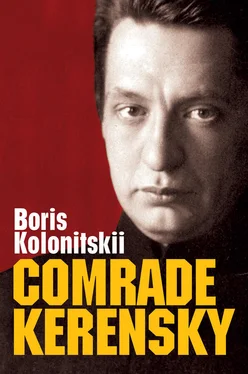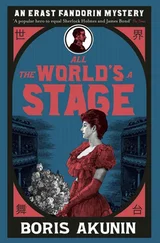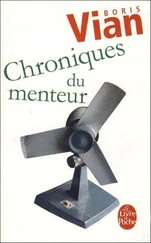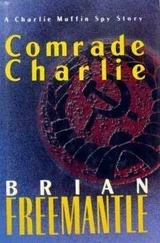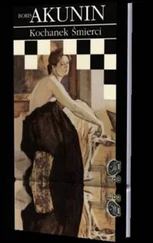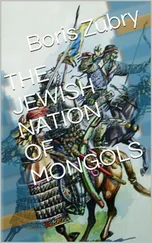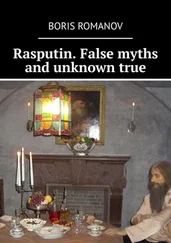Many of the sources mentioned above are mediated by newspapers. For no other period in Russian history does the periodical press prove such a valuable source of information. Abolition of censorship and interest in printed news led to numerous publications springing up: they reflect the entire spectrum of political views, down to its finer gradations. The historian sometimes enjoys a welcome boost from press surveys, thematic collections of newspaper clippings compiled by various government departments or individuals at the time. 28
The diaries and correspondence of those involved in events can be of interest in the studying of leader cults, but caution may need to be exercised. Firstly, historians cannot always be sure they are dealing with an authentic source. The writers themselves, or scholars, may have distorted the text for various reasons, and later memoirs are sometimes misrepresented as diaries. Secondly, researchers may find that, rather than a balanced cross-section of social and cultural groups, there is a preponderance of letters and diaries kept by members of particular professions. For writers their diary is often a working tool, the raw material for creating new works (which are sometimes written in the form of a diary). Many diaries and letters of generals and officers are also of interest to historians. These are educated people, cut off from their families in wartime conditions, writing about the life they are living. There seems to be a dearth of diaries and letters written by entrepreneurs. Also, despite decades of interest in worker history, we know of few personal sources from them. Workers rarely kept diaries and did not usually retain their correspondence. The educational level and literary facility of individuals, of members of their families, and the ways they thought proper of communicating with each other, influenced the writing as well as the publication of letters and diaries. Political repression during the Soviet period also discouraged people at every level of society from preserving them. Here the surveys of correspondence prepared by military censors can be an asset for the historian, who can use excerpts from letters they found typical and/or interesting. Use can also be made of the censors’ professional judgements in analyses summarizing the materials they have surveyed.
The greater knowledgeability of superiors can help us reconstruct the thinking of their illiterate or semi-literate subordinates. This applies particularly to soldiers, where the reports of commanding officers, political commissars and committee delegates of various ranks can be compared with assessments by individuals of diverse political views.
Memoirs are of limited use for the present study. It is impossible to judge the political mindset of participants in the events from writings created later. Their principal use is rather for reconstructing the historical mindset of the era in which they were actually written. Memoirs do, however, have a place in the present study because their writers have wielded, and continue to wield, vast influence on historiography. It is no easy matter to know in the writings of Leon Trotsky and Pavel Milyukov, of Anton Denikin and Fyodor Stepun, where the memoirs end and their analytical theorizing about history begins. This will be based not only on knowledge of what they remember of the past but also on their study of other sources. Conversely, the ‘history’ reconstructed by participants in the events includes fragments of autobiography. This is applicable to some extent to Kerensky’s memoirs. 29
Study of Kerensky’s image obviously requires recourse to portraits, posters and postcards and to depictions of him in cartoons and caricatures, on badges and tokens. A consideration of such visual resources sometimes enables us to judge how popular Kerensky was at a particular time. The desire of consumers to acquire images of him provides a measure of this. 30
The present work focuses on images of the Leader produced and distributed in March–June 1917, although, when necessary, I go beyond that chronological limitation. Many historians see this as a special time, the ‘peaceful period of the revolution’, the ‘period of dual power’. This period has been chosen, however, not only to accord with historiographical tradition. I have studied all the categories of sources listed above – Kerensky’s speeches, propaganda publications, political resolutions, personal documents, memoirs and visual sources – for the entire duration of the 1917 revolution. 31Having worked on them, however, I am able to say that it is the period from March to June which is most relevant to the formation of the Kerensky cult. The head of the Provisional Government still had no few admirers in the summer, and even autumn, of 1917 and many supportive newspaper comments and political resolutions from this period could be adduced. But Kerensky’s supporters were merely reusing positive images created in the initial stage of the revolution, and the principal armoury of means for glorifying the Leader was stocked in May and June. New images of the man at the helm of the Provisional Government which appeared after that already aimed to delegitimize him.
How, using which techniques, was Kerensky’s authority enhanced (or weakened) in March–June 1917? What cultural forms did his authority assume and what were the tactics employed? What stages were there in the process? How did features of the political struggle in March–June 1917 affect these various projects of legitimation or delegitimation, and what forces and interests lay behind them?
These are the questions I will attempt to answer in this book.
1 1. George Buchanan, My Mission to Russia and Other Diplomatic Memories (London: Cassell, 1923), vol. 2, pp. 86, 114. See also pp. 111, 128, 216–17 ( https://archive.org/details/mymissiontorussi02buch/page/n7).
2 2. Louis de Robien, The Diary of a Diplomat in Russia, 1917–1918 (London: Michael Joseph, 1969), p. 24; War, Revolution and Peace in Russia: The Passages of Frank Golder, 1914–1927, ed. Bertrand M. Patenaude and Terence Emmons (Stanford, CA: Hoover Institution, 1992), p. 46.
3 3. The military censorship’s documentation is preserved in several different archives: Rossiiskii gosudarstvennyi voenno-istoricheskii arkhiv (RGVIA, the Russian State Archive of Military History), fond 2003, opis’ 1, delo 1494, list 14; Otdel rukopisei Rossiiskoi natsional’noi biblioteki (OR RNB, the Manuscript Department of the Russian National Library, fond 152, opis’ 1, delo 98, list 34; and Rossiiskii gosudarstvennyi arkhiv Voenno-Morskogo Flota (RGA VMF, the Russian State Archive of the Navy), fond 418, opis’ 1, delo 5666, list 4.
4 4. See D. P. Os’kin, Zapiski praporshchika (Moscow: Federatsiia, 1931), pp. 110–11; Basil Gourko, War and Revolution in Russia, 1914–1917 (New York: Macmillan, 1919), pp. 326–7; ‘Iz ofitserskikh pisem s fronta v 1917 g.’, publication by L. Andreev, Krasnyi arkhiv, vol. 1–22 (50–51) (1932), pp. 194–210. The letter was written by I. D. Grimm.
5 5. For different ways in which the term ‘democracy’ and some others were understood, see Boris Kolonitskii, ‘“Democracy” in the Political Consciousness of the February Revolution’, Slavic Review, 57/1 (1998): 95–106.
6 6. Max Weber, ‘Politics as Vocation’, in Max Weber: Essays in Sociology, trans. H. H. Gerth and C. Wright Mills (New York: Oxford University Press, 1946), p. 78 ( https://ia802705.us.archive.org/12/items/frommaxweberessa00webe/frommaxweberessa00webe.pdf).
7 7. Ibid., pp. 78–9.
8 8. On the concept of ‘revolution’, see Neithard Bulst, Jörg Fisch, Reinhart Koselleck and Christian Meier, ‘Revolution, Rebellion, Aufruhr, Bürgerkrieg’, in Geschichtliche Grundbegriffe: Historisches Lexikon zur politisch-sozialen Sprache in Deutschland, 8 vols (Stuttgart: Klett-Cotta, 1972–97), vol. 5, pp. 653–788.
Читать дальше
